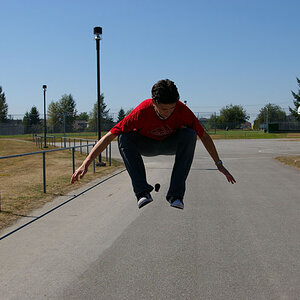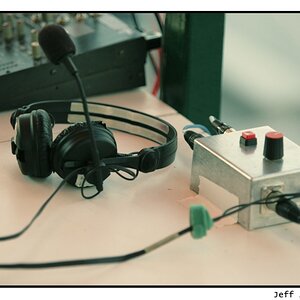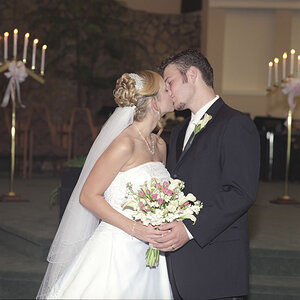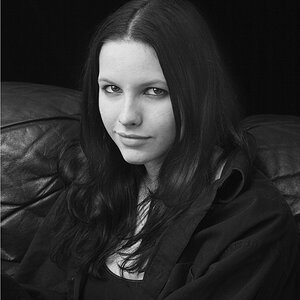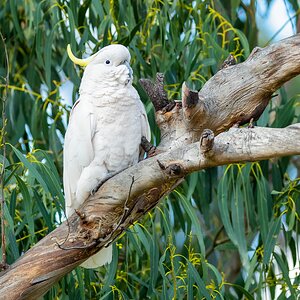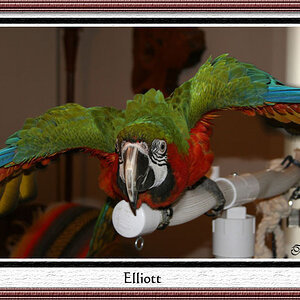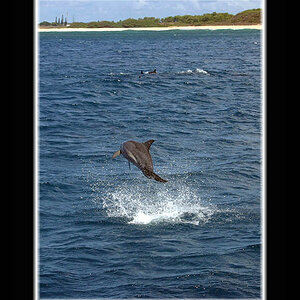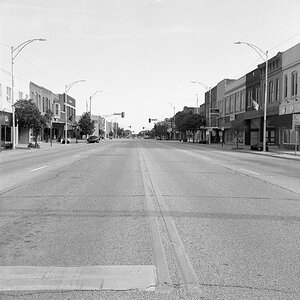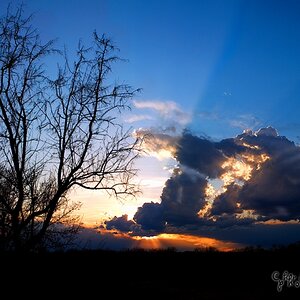RyanLilly
No longer a newbie, moving up!
- Joined
- Aug 27, 2007
- Messages
- 1,489
- Reaction score
- 10
- Location
- St. Louis, Missouri, USofA
- Can others edit my Photos
- Photos NOT OK to edit
Can anyone explain what exactly canons extended ISO is, or how it is accomplished. My assumption would be that it is probably an increase in sensor sensitivity coupled with some sort of processing, witch is why is is designated as "H" rather than a true 3200(although exif data reads 3200).
Basically, If I need to use "H", is there actually an increase in sensetivity, or is it more or less just software, and if so should I just shoot at 1600, and pull it up a stop in post?
Thanks,
Ryan
Basically, If I need to use "H", is there actually an increase in sensetivity, or is it more or less just software, and if so should I just shoot at 1600, and pull it up a stop in post?
Thanks,
Ryan



